The four advantages of refractory alumina ceramic grinding balls for ball mill
Four advantages of Refractory Alumina Ceramic Grinding Balls for Ball Mill:
First, the investment is small and the operating cost is low. Take the commonly used ф3.2×13m cement ball mill as an example: the output of the mill is about 55t/h, and the average power consumption of cement is about 36kW·h. Using a new type of special non-metallic grinding body, the average power consumption of the mill is reduced to 30kW. ·h or less. Calculated at 0.8 yuan/kW·h for electricity, 4.8 yuan can be saved per ton of cement. Calculated based on the mill’s production capacity of 400,000 tons of cement, the cost savings is about 1.92 million yuan. At the same time, grinding aids can be saved, and the cost of cement can be further reduced;
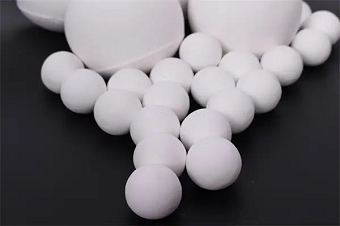
Refractory Alumina Ceramic Grinding Balls for Ball Mill
The second is low material loss and long service life. The wear of the metal grinding body is 35-45g/ton of cement, while the wear of the new non-metallic grinding body is 15g/ton of cement, with longer service life and less maintenance work;
The third is the safe operation of the mill. Due to the reduction of the mill current and the temperature of the bearing bush, the possibility of the mill tripping is greatly reduced, which is beneficial to the safe operation of the mill;
Fourth, the cement performance is good. Due to the use of a new type of special non-metallic grinding body, the temperature in the mill and the water demand for cement is reduced, the amount of grinding aids is reduced, and the adaptability of cement and concrete admixtures is further improved, which is welcomed by concrete enterprises.
The new non-metal grinding body is a revolutionary innovation to the grinding materials and grinding technology of cement ball mills, which has changed the long-term status quo of cement ball mills relying on metal grinding materials and can effectively reduce the power consumption of the cement grinding system, save the cost of cement production, and at the same time Reduce chromium content in cement.
The traditional non-metallic grinding body is used for cement and slag grinding, which generally has the disadvantages of low grinding efficiency, large wear, easy breakage, and low mill output. Therefore, the ball mill for grinding cement and slag still generally uses metal grinding media. However, the new non-metallic grinding body is a revolutionary innovation for the grinding materials and grinding technology of cement ball mills, which has changed the long-term status quo of cement ball mills relying on metal grinding materials and can effectively reduce the power consumption of the cement grinding system and save the cost of cement production. , while reducing the chromium content in the cement.
As we all know, the cement ball mill is the key equipment for preparing cement by crushing cement clinker, gypsum, admixture, etc. When the cylinder of the ball mill rotates, the grinding body is brought to a certain height due to the action of inertia, centrifugal force, and frictional force, and is thrown down by the action of gravity, crushing the materials in the cylinder, thereby realizing cement grinding. The grinding bodies are generally steel balls or steel forgings and are loaded into each bin according to different diameters and a certain proportion.
The new type of non-metallic grinding body is combined with the characteristics of the cement ball mill. Through the motion trajectory and energy change law of the grinding body in the mill, the advanced algorithm is used to calculate the critical force threshold of the grinding body, and the force boundary conditions are obtained for the grinding body. One of the cores of this technology is a new type of special non-metallic grinding body material. By changing the material ratio of the non-metallic grinding body, element regulation, molding preparation technology and other modification technologies, a new type of special non-metallic grinding body suitable for the conditions of the cement mill have been prepared. Abrasive body material. Compared with traditional metal abrasive materials, its advantages are that its specific gravity is small, about 1/2 of that of steel balls; its wear is low, about 1/3 of that of steel balls.
At the same time, combined with the internal structure of the mill and the motion law of "ball, material, and wind", through the adaptive design and adjustment of the internal structure of the mill, and in conjunction with the roller press and the powder separator, precise transformation plans and control measures are formulated, to achieve the purpose of saving production cost, reducing cement power consumption and improving cement performance of cement grinding system.
-
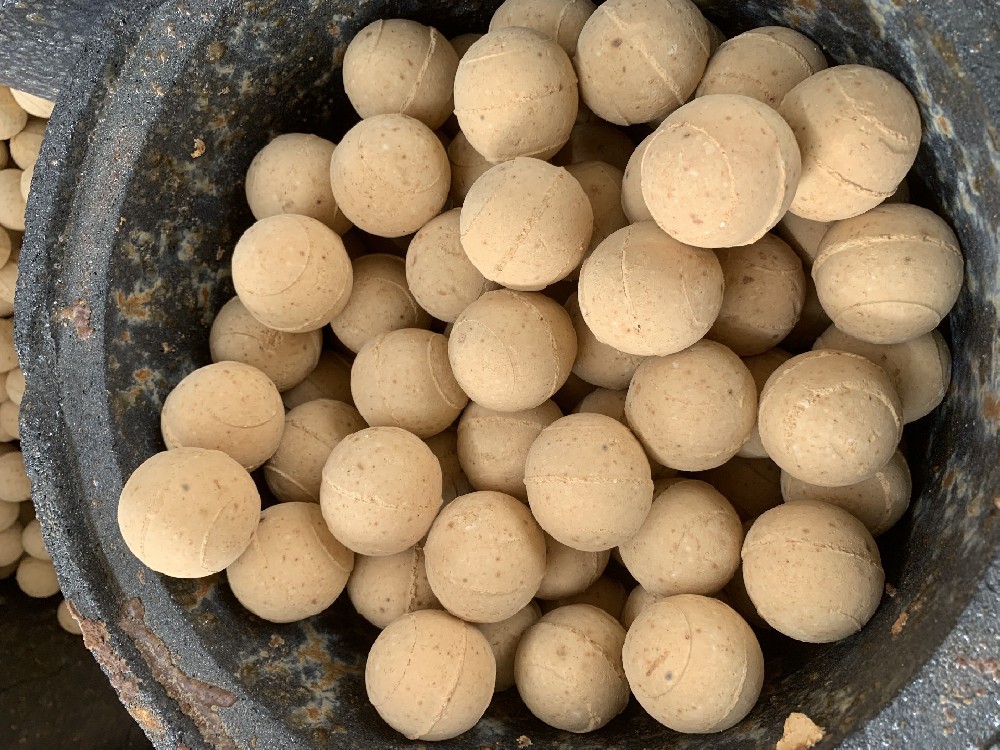
Thermal storage alumina balls
The Thermal storage alumina ballsis made of industrial alumina and refractory kaolin as the main raw materials through scientific formula, forming and high-temperature calcination.Thermal storage alumina ballss are divid··· -
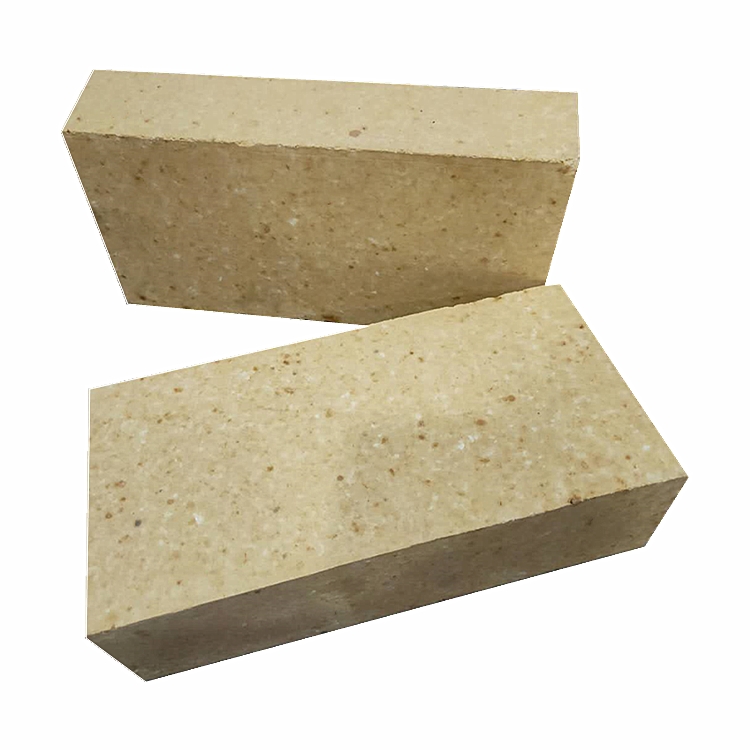
Anti-stripping high alumina brick
Use description of Anti-stripping high alumina brick1. Anti-stripping high alumina brick has a good application in low temperature parts such as large and medium-sized cement precalciner, kiln smoke chamber, indoor decom··· -
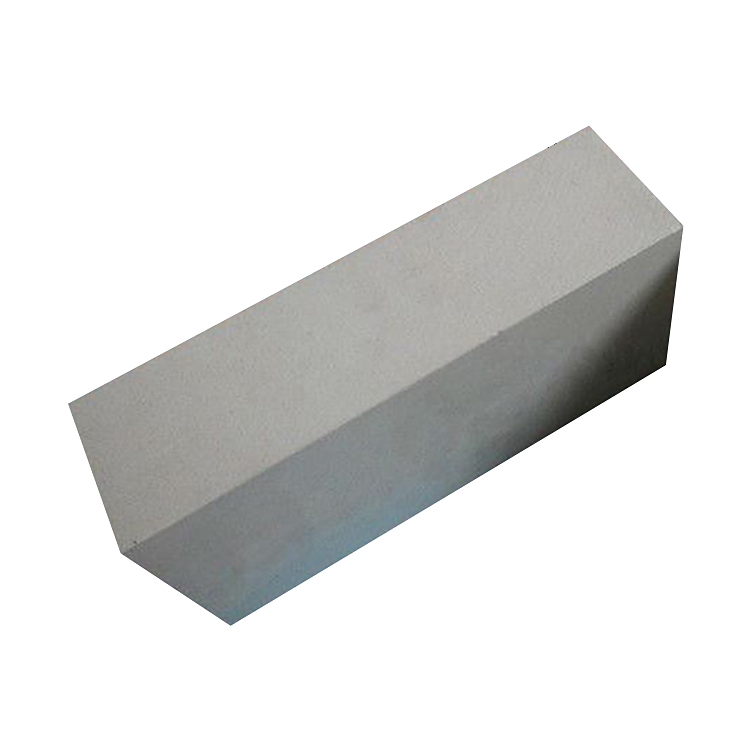
Anti-stripping high alumina bricks
Anti-stripping high alumina bricks are made of high alumina bauxite clinker, mullite, kyanite, zircon sand, and binder after granulating and powdering processes, mixed in a certain proportion, pressed into shape, and fir··· -
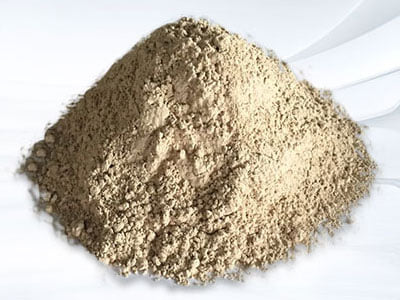
silica hot repair refractory
Performance index of silica hot repair refractoryThe material is a kind of plastic unshaped refractory material, its main component is SiO2, it is made of special clinker and various binders and additives, and it is proc···

